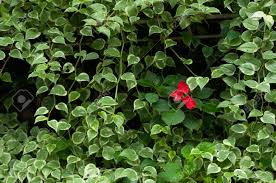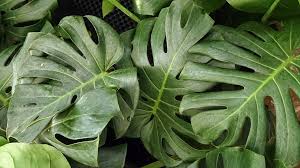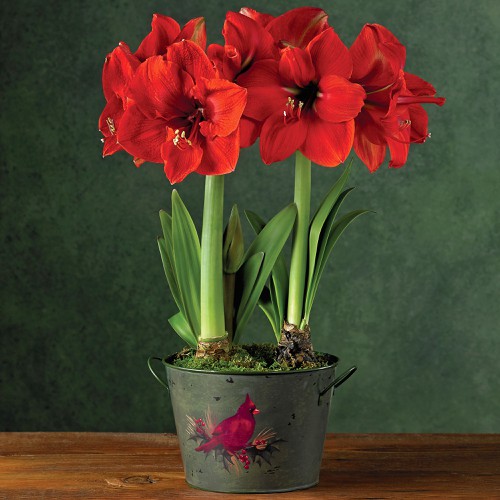Surely many owners have witnessed their beloved dog eat bonsai and wonder why? The truth is that in the past, wild dogs ate plants and flowers to relieve hunger. Today, domestic dogs, despite being purebred, still inherit this omnivorous habit from their ancestors. Dog owners should choose ornamental plants to decorate their homes carefully so that the children do not get poisoned when they eat them.
Ivy

Quite a few regular flowers, including English ivy and devil ivy/golden betel nut, are moderately toxic to dogs. Ivy, especially the leaves, will cause digestive upset, vomiting and diarrhea when eaten by dogs, and the sap will cause a rash when in contact with the skin.
Betel leaf (fruit salad)

The leaves of the Fruit Salad plant contain insoluble calcium oxalate crystals that irritate the mouth and entire digestive system when chewed or swallowed by dogs. Signs that your dog has chewed or eaten part of Fruit Salad include severe burning or irritation of the mouth, tongue or lips, excessive drooling, vomiting, and difficulty swallowing.
Taro (betel nut, ornamental, ten thousand years old and South American betel nut)

he taro family is a favorite houseplant for its huge, colorful leaves. The giant oval leaves can be up to 60cm wide and 90cm across. The larger the leaves, the more raphides (needle-shaped crystals of calcium oxalate). Chewing or biting the foliage injures the raphides and releases crystals that penetrate the tissue, causing injury and swelling. In fact, the inflammation has the potential to become dangerous. It affects the dog’s breathing condition. Another dangerous side effect is the accumulation of calcium oxalate crystals in the kidneys, which blocks the renal tubules, renal veins and ureters, causes kidney damage and can lead to kidney failure. When this crystal comes into contact with a dog’s skin, it can also cause a rash and produce painful blisters.
Lily (plant family)

Ingesting just a few lily bulbs can be fatal in dogs, so be careful not to let dogs near this flower. Not only inside the house, but also outside because dogs also know how to dig lily bulbs out of the ground. Although the entire plant is poisonous, colchicine alkaloids are most concentrated in the tubers. Just eating one tuber will cause severe digestive upset and if the dog eats more, it can lead to heart rate imbalance and organ damage.
Tulips

Tulips contain a poison that irritates a dog’s mouth and digestive tract, leading to excessive drooling, vomiting, and diarrhea. Tulip poisoning can also disrupt cardiovascular activity and make breathing difficult, but serious poisoning is rare.
Summary
When you have a pet, you should ensure that the environment around your baby is safe to keep him healthy. In particular, ornamental plants that children can come into contact with are likely to be toxic when they eat them. Dogs or other pets also occasionally nibble on the leaves, sometimes causing poisoning or even death. You can choose plants that are more benign for dogs such as flowering cypress, Boston fern or orchid.